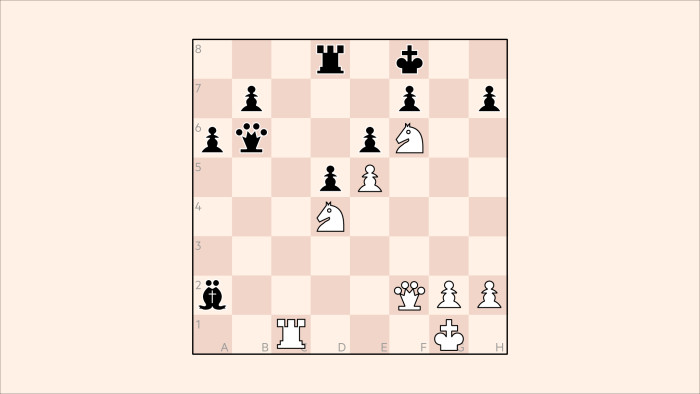Chess: Carlsen’s bid for record rating stalls as India’s teenagers shine at Wijk

The annual Dutch tournament at Tata Steel Wijk aan Zee is widely known as the chess Wimbledon, and while the green lawns of Surrey have little in common with the windswept village on the North Sea coast, Wijk is the event that carries maximum status for elite grandmasters.
Magnus Carlsen has won at Wijk a record seven times. Before its 2022 renewal, the world champion stated that he intended to launch his campaign there to reach a 2900 rating, a supreme target for a human player although the strongest computers clock in at around 3500.
Carlsen had previously reached 2882 twice, with an unofficial peak in April 2014 of 2889, so it sounded a fair challenge, but an anonymous author wrote an extended post on reddit which highlighted the statistical difficulties.
The Norwegian, 31, had made his surges into the 2880s in spurts of his best form, notably in 2019 during his record run of 125 games unbeaten. He is the most active world champion ever, and the sheer volume of his over the board and online play may count against his record attempt.
After four of the 13 rounds at Wijk, Carlsen was in second place on 2.5 points after missing a subtle late win by 36 Ke2! Qa6+ 37 Kd1! He needs to score 9/13 just to maintain his rating.
India’s No2, Vidit Gujrathi, is the early Wijk leader, while Indian teenagers have made impressive starts. Rameshbabu Praggnanandhaa, 16, is holding his own while Arjun Erigaisi, 18, leads the masters group. India continues to be the fastest rising nation in world chess, and Tata Steel’s backing has been an influential factor along with the example set by the former world champion Vishy Anand.
2453
Nigel Short v Jan Timman, Amsterdam 1994. White to move and win. With a knight for three pawns and a strong attack, White has a serious advantage and could score by the obvious 1 Nxh7+ followed by advancing the h2 pawn. That move is the computer’s first choice, but after a deeper look the engine changes its selection to what Short actually played, which induced Timman to resign at once.
Click here for solution
Comments